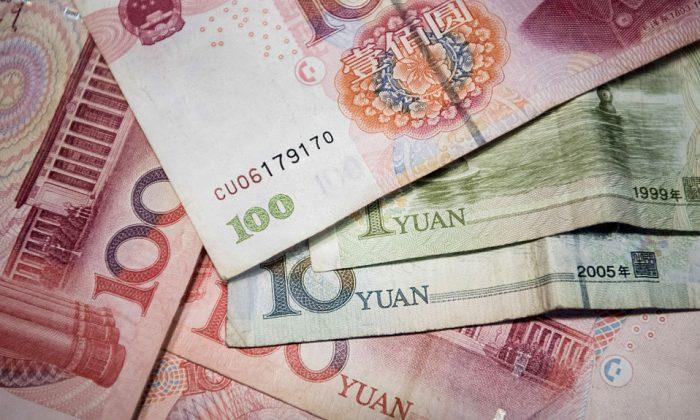For centuries there was no question of trade being for “mutual benefit.” It was conducted under a “Beggar thy neighbor” philosophy with national wealth focused on accumulating gold and precious metals.
States sought colonies essentially for exploitation: extract useful material from them at low/no price and dump excess industrial products manufactured in the “mother country” at high cost. Such attitudes could result in unpleasant circumstances such as when Great Britain decided that paying for tea with silver was too costly and pushed opium on China. Even feeble Manchu rulers found this exchange invidious, but in two opium wars, Great Britain forced Chinese acceptance. The British image in China is forever tarred.
Ostensibly, economic theory moved to “mutual benefit” with the emphasis on “comparative advantage” wherein each country provides the products it produces most efficiently and a trade balance results. The theory falter(s) when countries with effectively nothing worthy of trade end by borrowing from those countries who still push products upon them. The resulting debt loads had and continue to have economy distorting consequences for both borrowers and lenders.
One classic approach for a country developing its industry and economy is to put high tariffs on imported goods. Ostensibly, once these industries are strong enough to “stand on their own,” the tariffs can be reduced or eliminated. Of course, that approach would reduce profits of the now powerful manufacturers who see no interest in enhancing competition.
For a generation following World War II, the United States had no real trade competition. It was the global powerhouse for manufacturing efficiency and technological innovation. U.S. products, particularly automobiles, supported a vast U.S. middle class in which an auto worker could count on a sufficiently well-paid lifetime job to enjoy a domestic “Life of Riley.” No foreign car was worth driving (VWs occupied a novelty niche). The United States ran trade surpluses and was the greatest global lender. Goods imported from other countries were regarded as cheap and shoddy, offering barely a scintilla of challenge other than at the lowest end of purchased goods.
But then the United States lost its “mojo.” Or competitors, able to take advantage of building new factories, using new technology, and cheap labor, took advantage of U.S. technological failures, high prices, and social arrogance. The consequence was so bad that a Chinese-American couple, whose wedding in Chungking had been bombed by the Japanese and who hated them for the destruction and massacres they had wrought in China, ended by buying a Japanese car. U.S. vehicles were simply palatably inferior.
The media was besieged by articles and studies suggesting that Japan was about to lead the world in any and everything. (Japanese obliged by purchasing a wide array of highly visible U.S. properties). The U.S. government disallowed their attempt to purchase a key computer firm (which evolved into INTEL), but our trade efforts focused on thwarting Japan—and in an ancillary manner Mexico, whose low labor prices were (supposedly) producing a “vast sucking sound,” in Ross Perot’s words, pulling U.S. jobs south of the Rio Grande.
But while we were focused on Japan and Mexico, very quietly and efficiently China (“hide our capabilities and bide our time”) “ate our lunch” (and a good portion of our dinner). China now has a massive trade surplus driven by both manufacturing efficiency and currency manipulation. Arguably now the factory for the world, Chinese leader Xi Jinping has announced a “Made in China 2025” objective described as “involving local content requirements and the elimination of foreign suppliers.”
For the United States, the past 20 years has seen a loss of two million manufacturing jobs and frustration by displaced workers that trade agreements reducing costs for manufacturing imports have cost them their jobs—for which “retraining” or MacJobs are risible substitutes.
Hence, the Trump urge to eliminate or reject trade agreements such as the Trans Pacific Partnership and call into severe question agreements such as NAFTA and bilateral agreements with countries such as South Korea. His claim, which resonates massively with voters, if not with economists, is that the United States has been outsmarted and out-negotiated in these agreements. More than “tweaking” is needed.
China is a less tractable problem. Especially, as Washington is desperately attempting to induce Beijing to castrate Pyongyang’s nuclear program. Although strong words are in the offing, specific take-aways from bilateral economic confrontation may be hard to secure, e.g., gaining greater secure access to Chinese markets and an end to intellectual property theft look difficult to achieve.
But, perhaps while it is currently an inchoate idea, a fully coordinated U.S./EU, WTO action might possibly secure (better) Chinese adherence to WTO rules.






